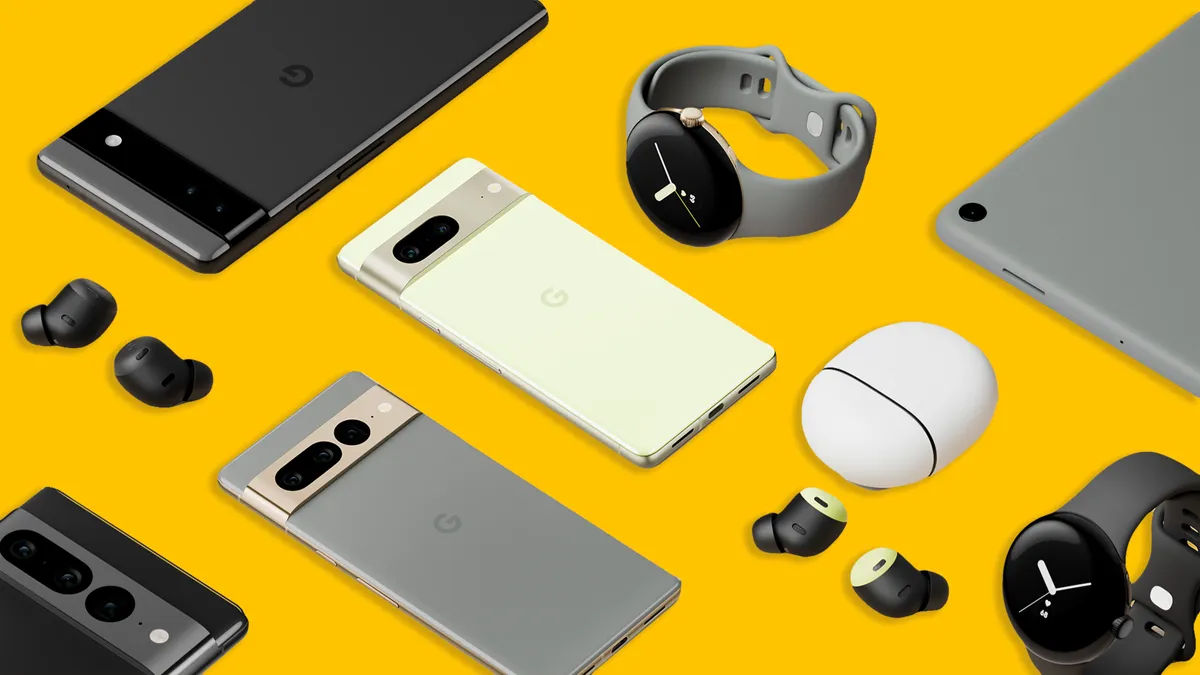
Common Google Device Connection Issues
'Could Not Communicate' Setup Error
Description:
This error typically occurs during the setup process of a new Google Home smart speaker. The device appears in the Google Home app but suddenly disappears after selecting the Wi-Fi network.
Causes:
- Interference from other devices
- Incorrect Wi-Fi settings
- Temporary glitch in the device
Troubleshooting Steps:
- Switch to Airplane Mode: Switch the phone you're using the Google Home app on to airplane mode.
- Manually Turn On Wi-Fi: Manually turn on Wi-Fi (but only Wi-Fi).
- Re-Setup: Open the Google Home app and set up the device as usual.
Google Home Can't Connect to Smart Home Devices
Description:
Users often encounter issues when trying to control smart home devices using Google Home. The device may not recognize the smart home device or fail to connect.
Causes:
- Outdated software
- Incorrect setup
- Network issues
Troubleshooting Steps:
- Reboot Modem and Router: Rebooting your modem and router is often the first step in resolving connectivity issues.
- Unlink and Reconnect Device: Open the Google Home app, tap the settings icon, and scroll to the bottom. If the device is listed, tap it and then tap Unlink account. Confirm by tapping Unlink, and then navigate back to the Works with Google menu. If the device isn't listed, tap the Search icon and type the device name to reconnect it.
'Something Went Wrong' Error
Description:
This error message can appear when trying to perform actions like playing music or turning on lights using Google Home.
Causes:
- Software glitches
- Network connectivity problems
- Hardware issues
Troubleshooting Steps:
- Restart Device: Sometimes, simply restarting the device can resolve the issue.
- Check Network: Ensure that your Wi-Fi network is stable and functioning correctly.
- Update Software: Ensure that your Google Home device and the Google Home app are updated to the latest version.
General Troubleshooting Tips for Google Devices
Restart Your Device
Restarting your device is often the simplest yet most effective solution for connectivity issues. This step can clear temporary glitches and refresh the connection.
Check Mobile Data & Data Connection
If you're using an Android device, check your mobile data and data connection settings. Ensure that mobile data is turned off and Wi-Fi is turned on. If you're still having issues, try switching between Wi-Fi and mobile data.
Turn Airplane Mode On & Off
Turning airplane mode on and off can sometimes resolve connectivity issues by resetting the network settings. This step can help if there are any conflicts with other devices on your network.
Check Wi-Fi Connection
Ensure that Wi-Fi is turned on and you're connected to the correct network. If you're out of range, move closer to the router to improve the signal strength.
Restart Your Wireless Router
Unplug the router from the electrical outlet, wait for 30 seconds, and then plug it back in. This step can help reset the router and resolve connectivity issues.
Specific Troubleshooting Steps for Google Home Devices
Google Home and Home Mini Won't Connect to Wi-Fi
If your Google Home or Home Mini devices won't connect to Wi-Fi, try the following steps:
- Ensure Wi-Fi, Location Services, and Bluetooth Are Turned On: Make sure these settings are enabled on your phone or tablet.
- Turn Off Mobile/Cellular Data: Disable mobile data to ensure that the device only uses Wi-Fi.
- Reboot Router: Reboot your router to ensure it's functioning correctly.
- Factory Reset Device: If none of the above steps work, perform a factory reset on the device and try setting it up again.
Google WiFi Network Connectivity Issues
If you're experiencing connectivity issues with your Google WiFi network, try the following steps:
- Unplug Power from Google WiFi Devices: Unplug the power from your Google WiFi devices for 2 minutes.
- Factory Reset Network: If the issue persists, try factory resetting your network. This will delete all network settings, so make sure to reconfigure them afterward.
- Check DNS Settings: Ensure that DNS settings are correctly configured on your router and devices. Custom DNS settings can sometimes resolve connectivity issues.
Additional Tips
- Use a Different Phone or Tablet: If you're having trouble setting up your Google device, try using a different phone or tablet to see if the issue is specific to one device.
- Check for Firmware Updates: Ensure that your router's firmware is up-to-date, as outdated firmware can cause connectivity issues.
- Contact Support: If none of the above steps resolve the issue, contact Google support for further assistance. They may be able to provide more specific troubleshooting steps or repair options.
